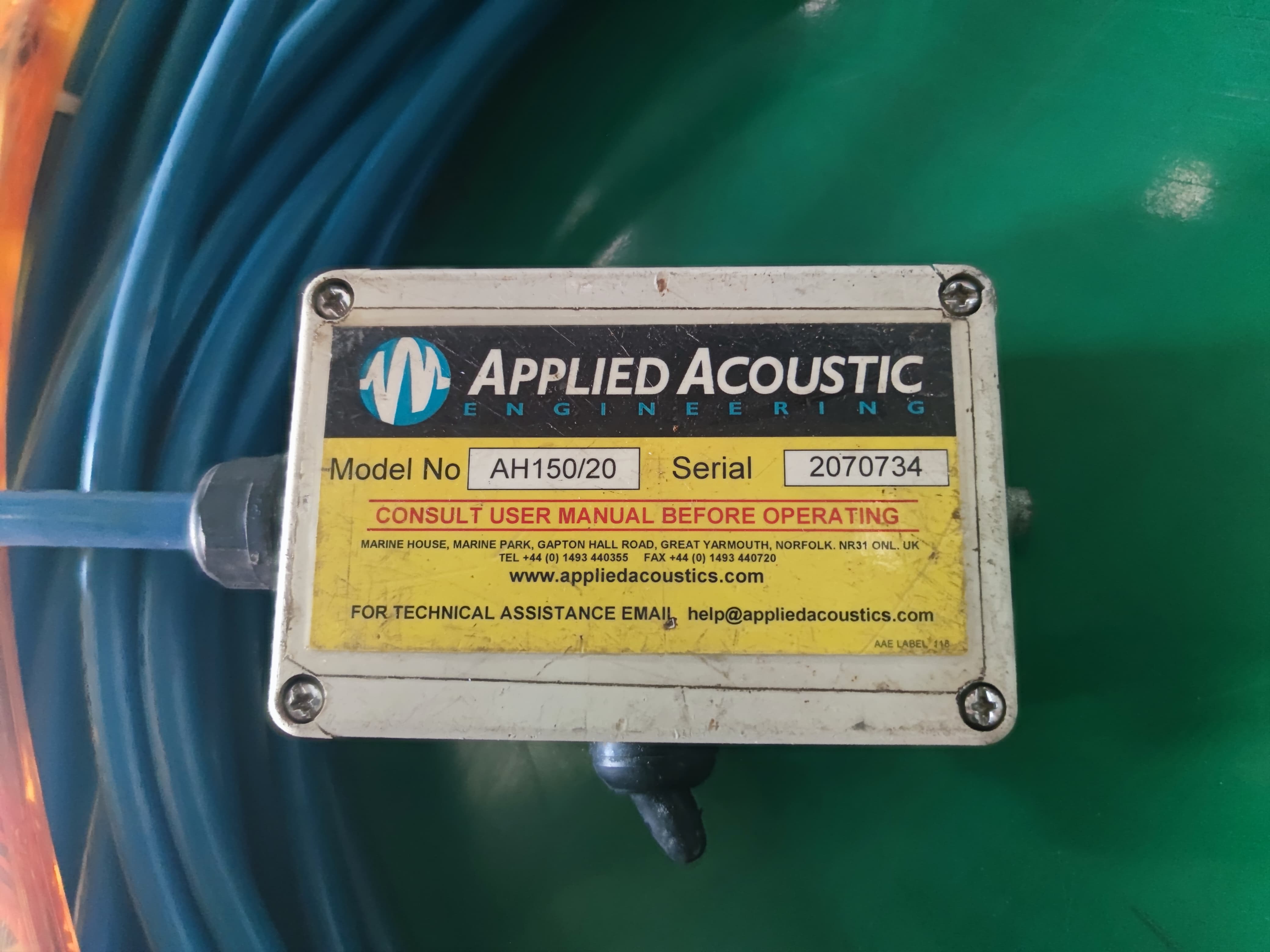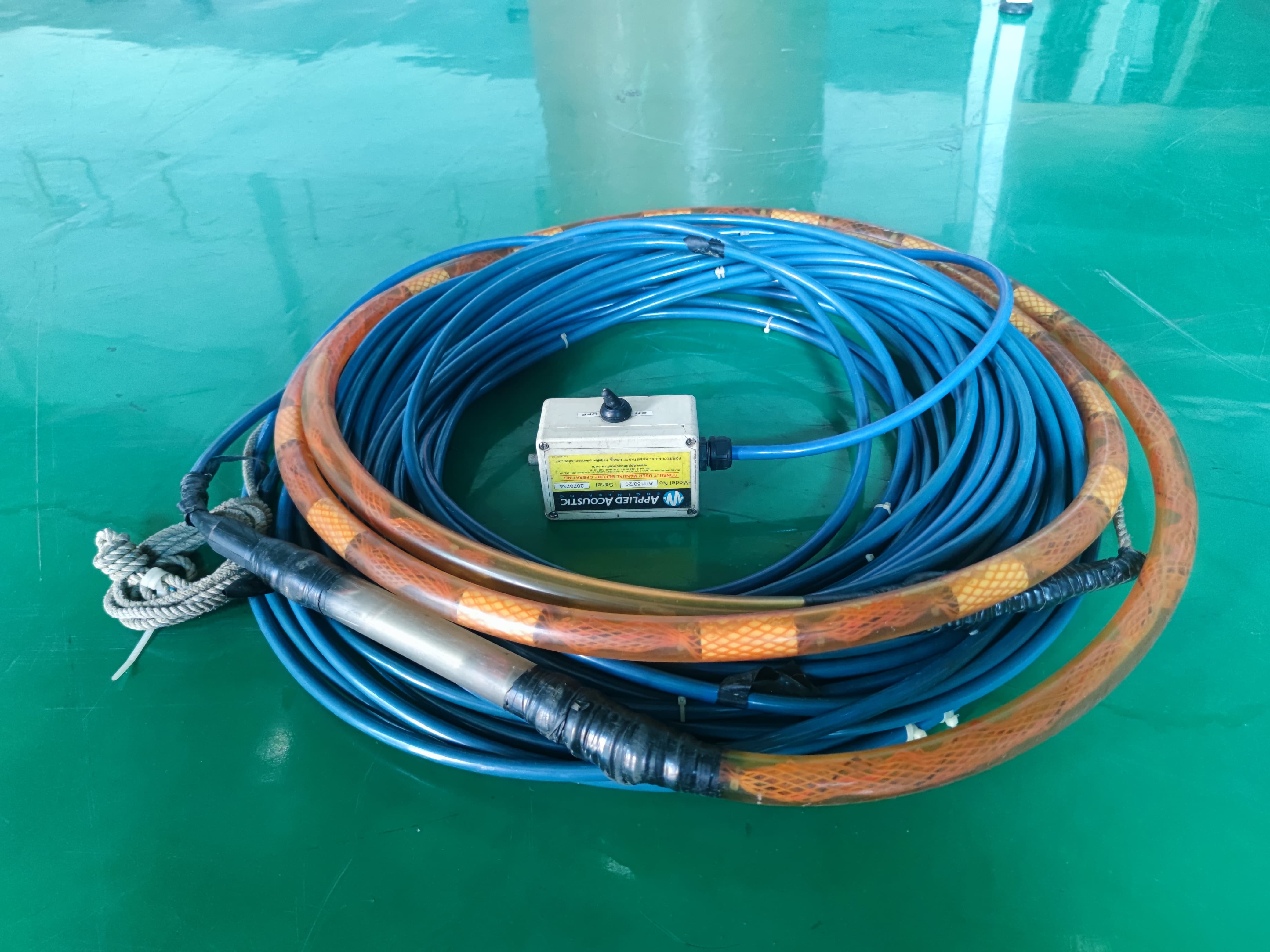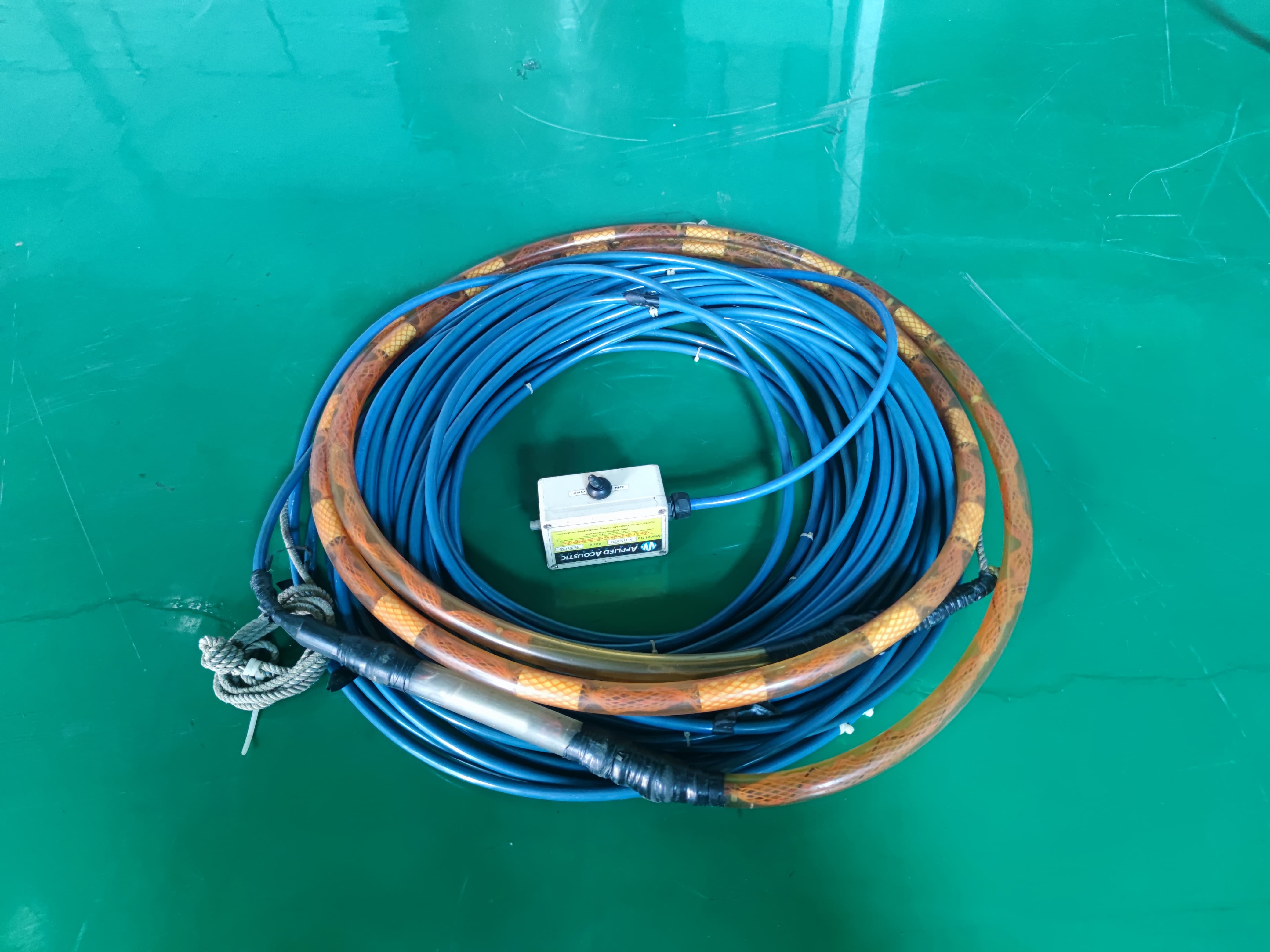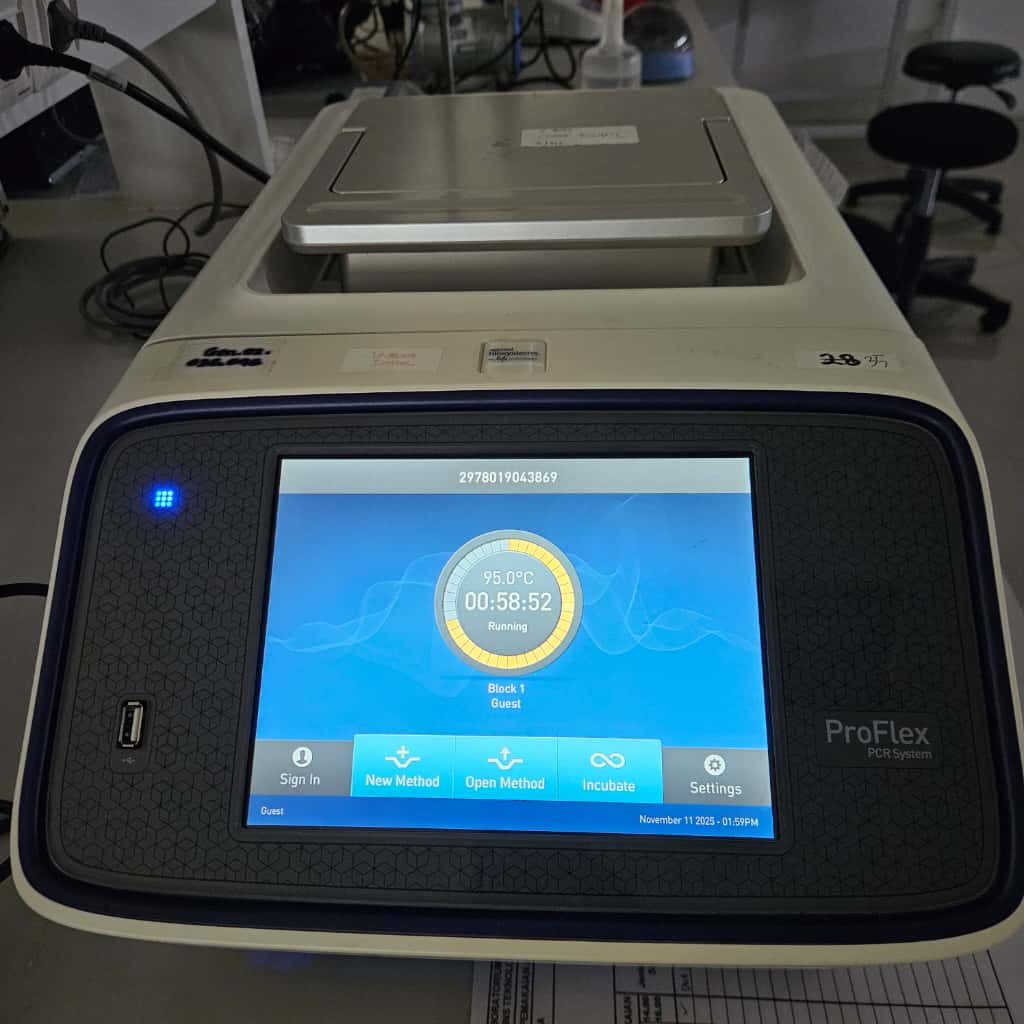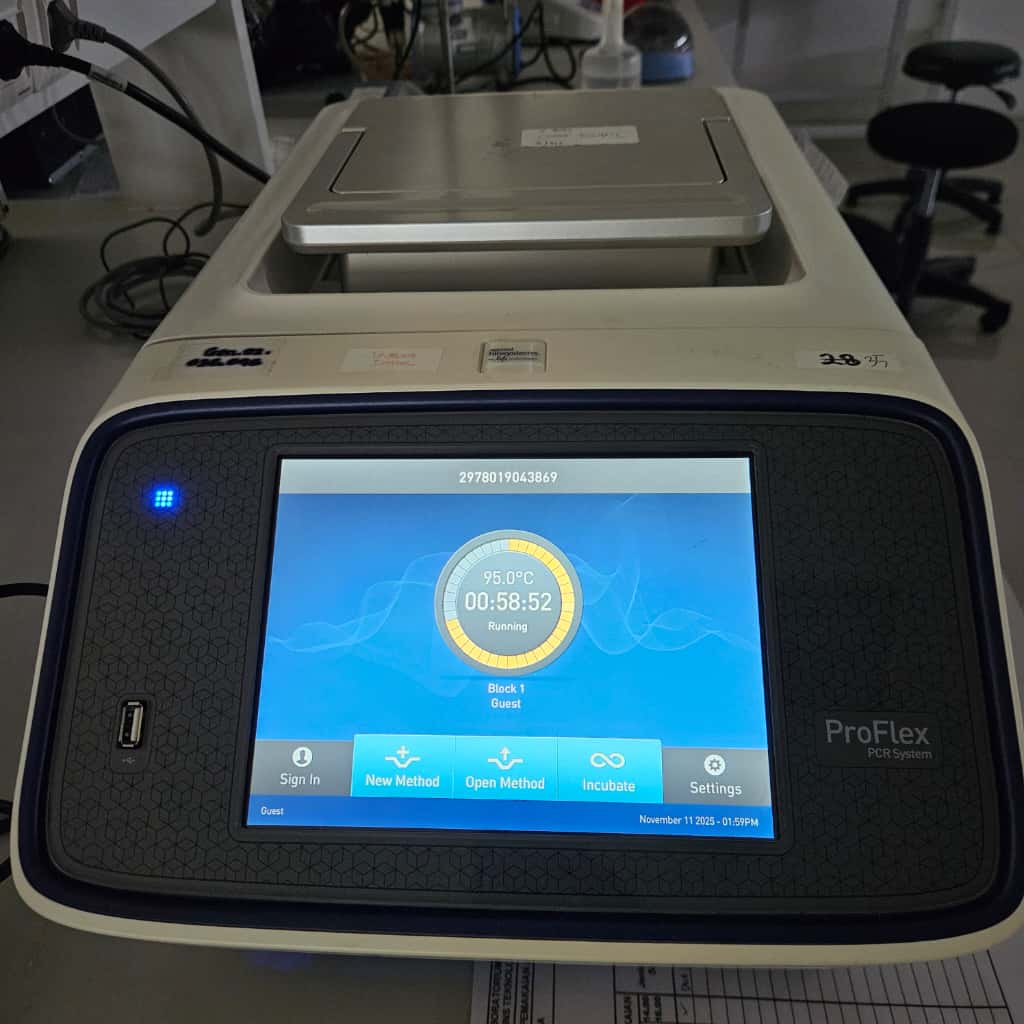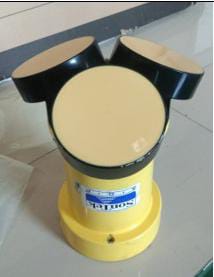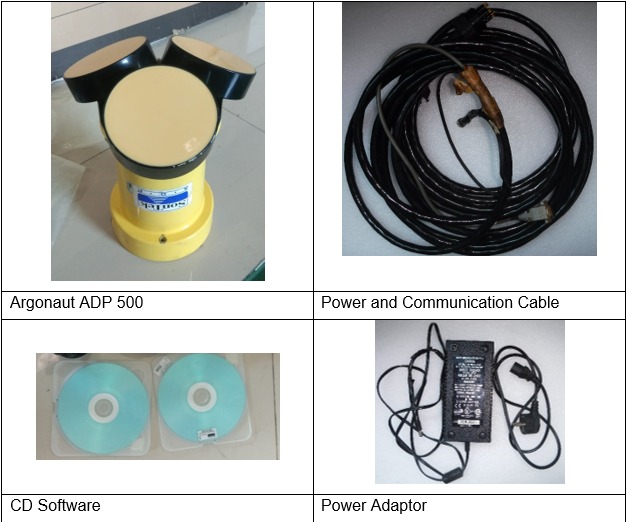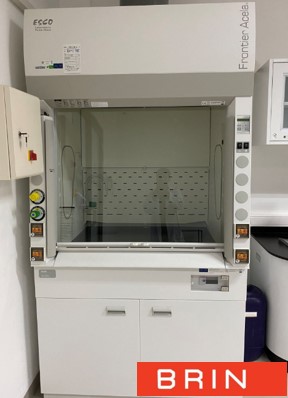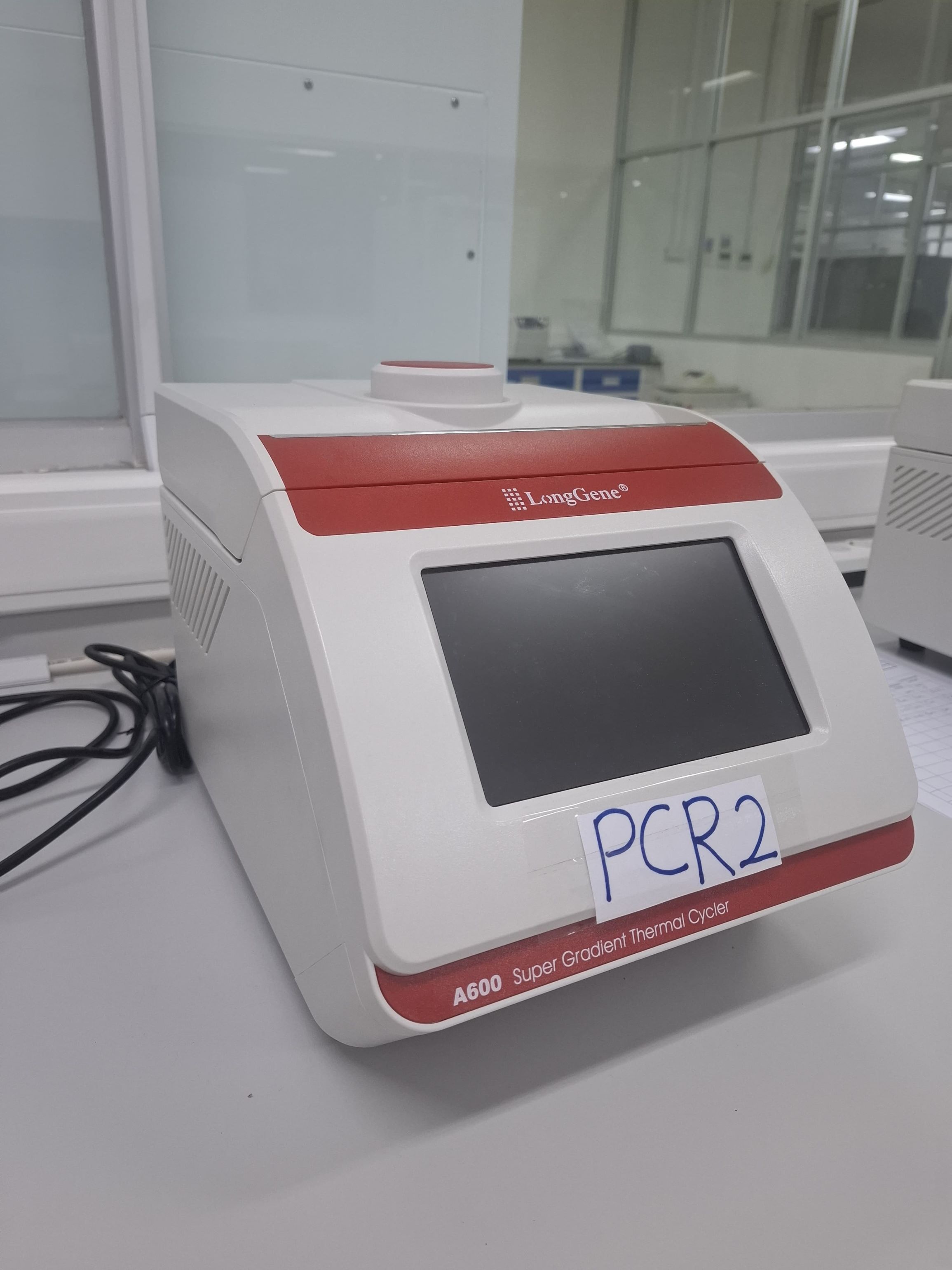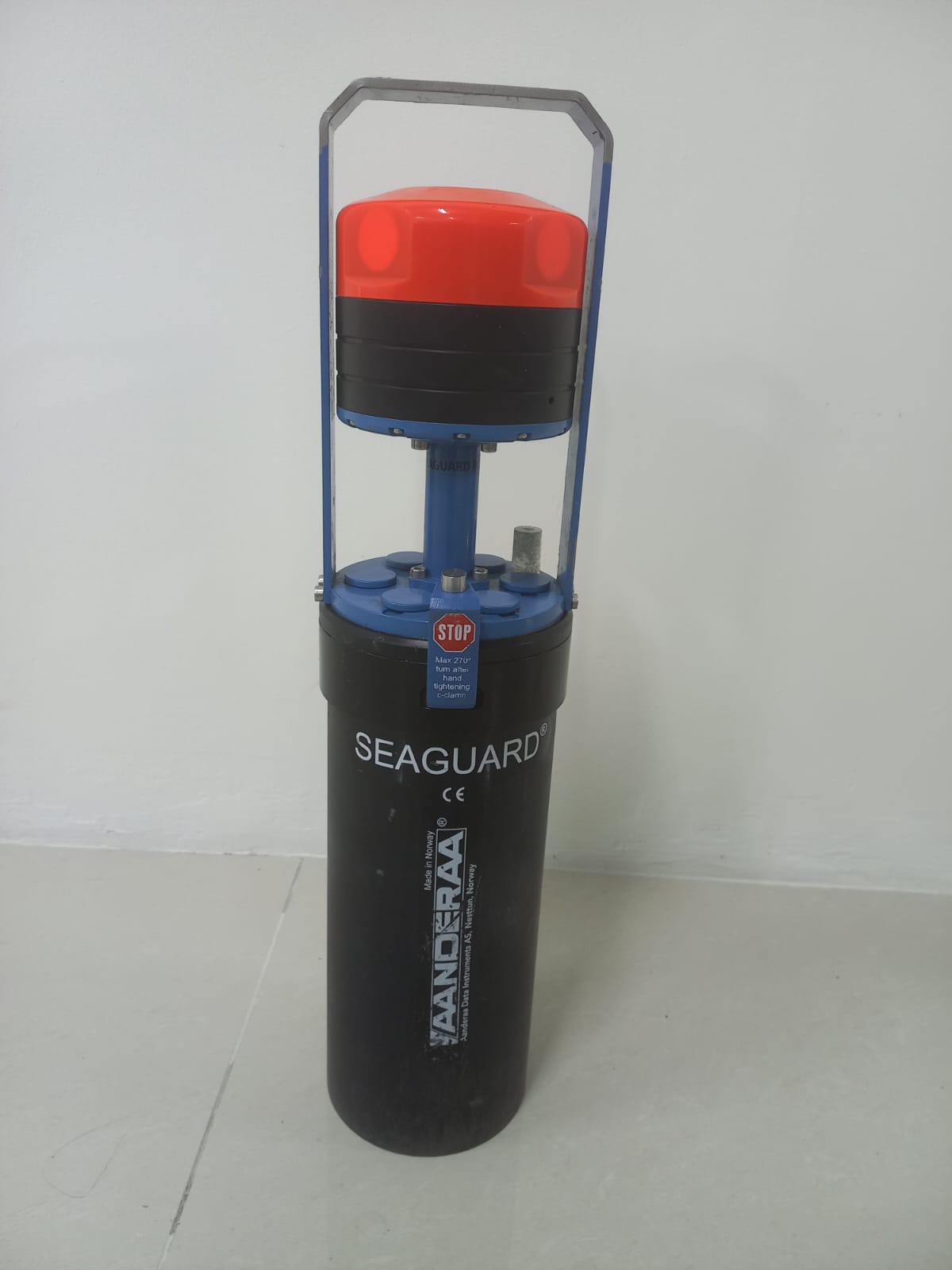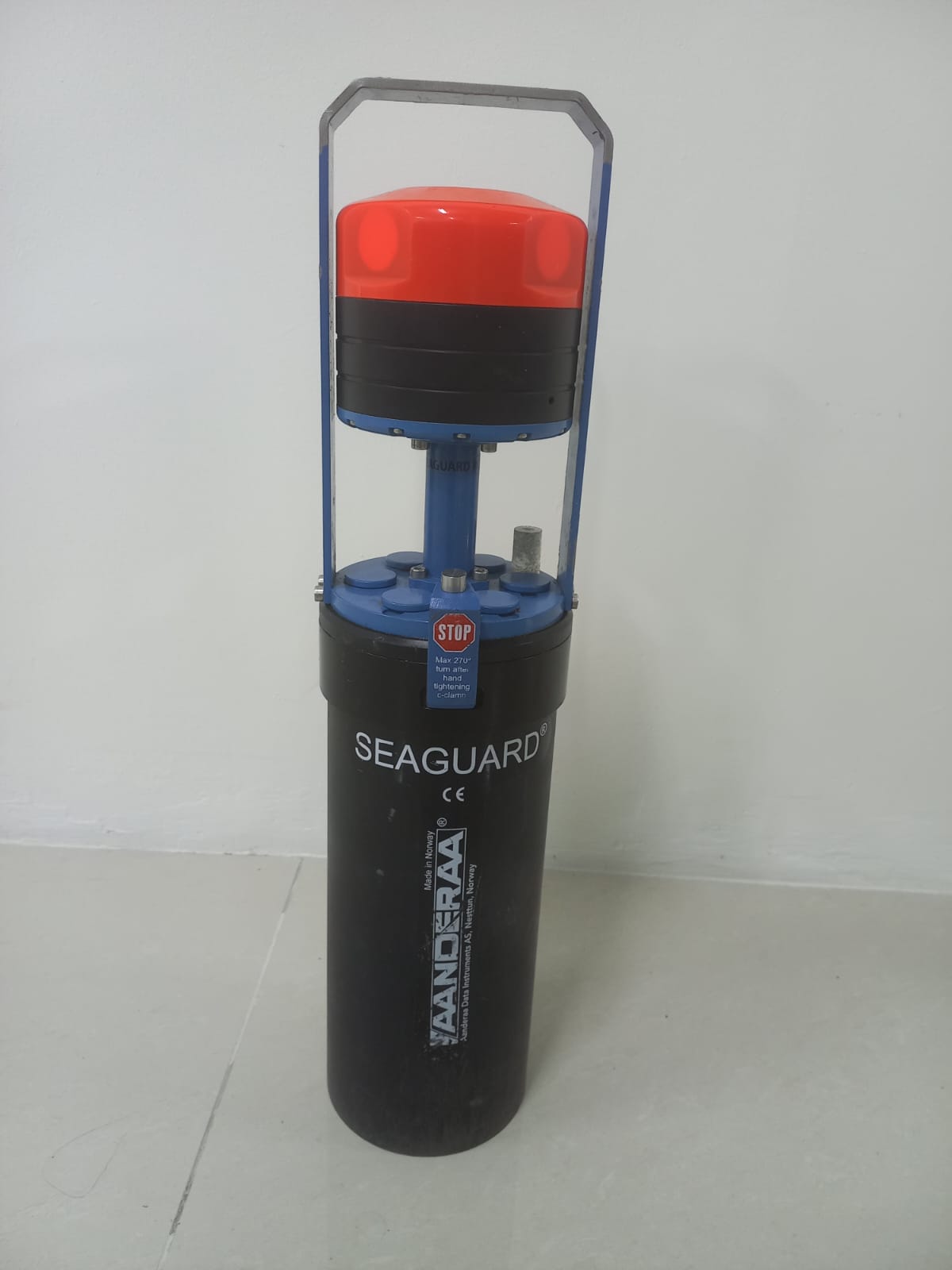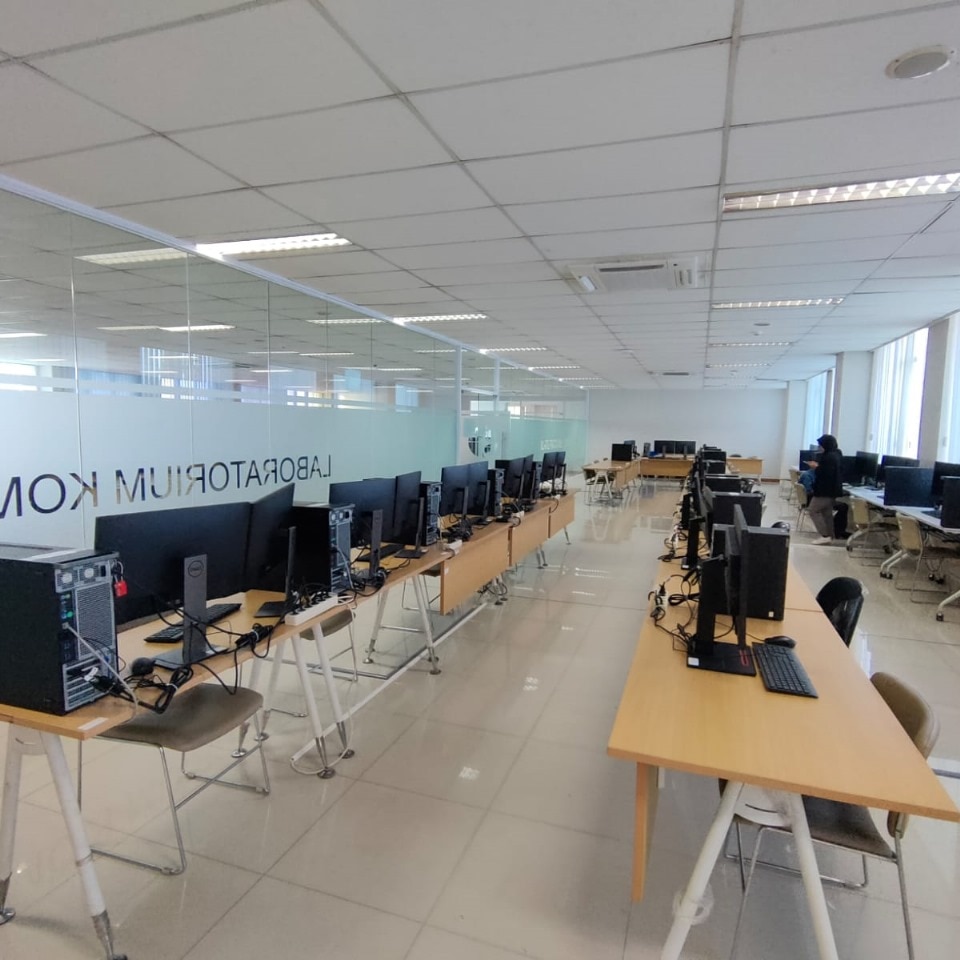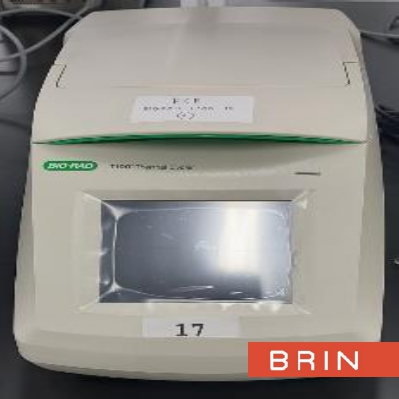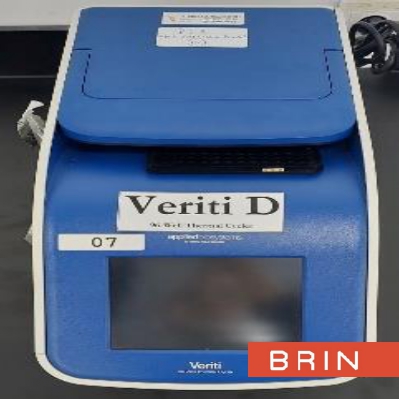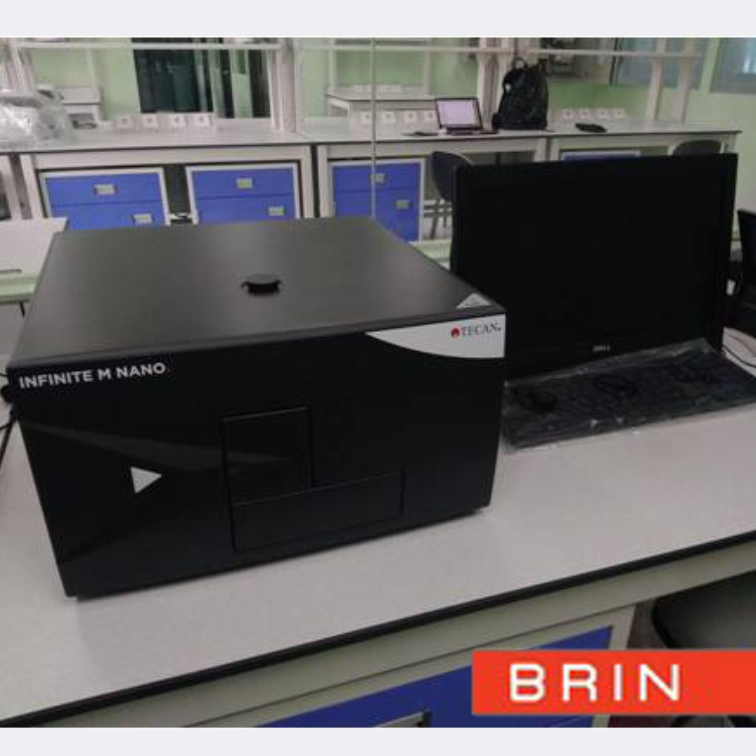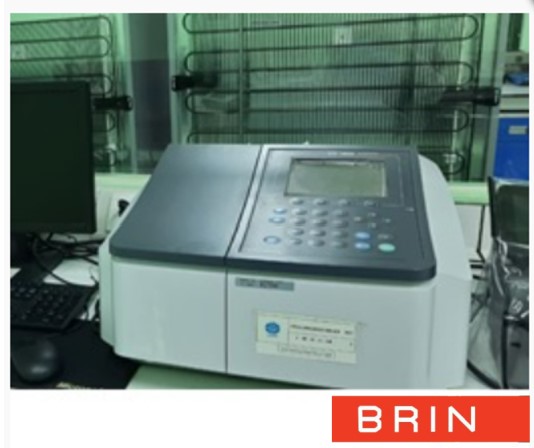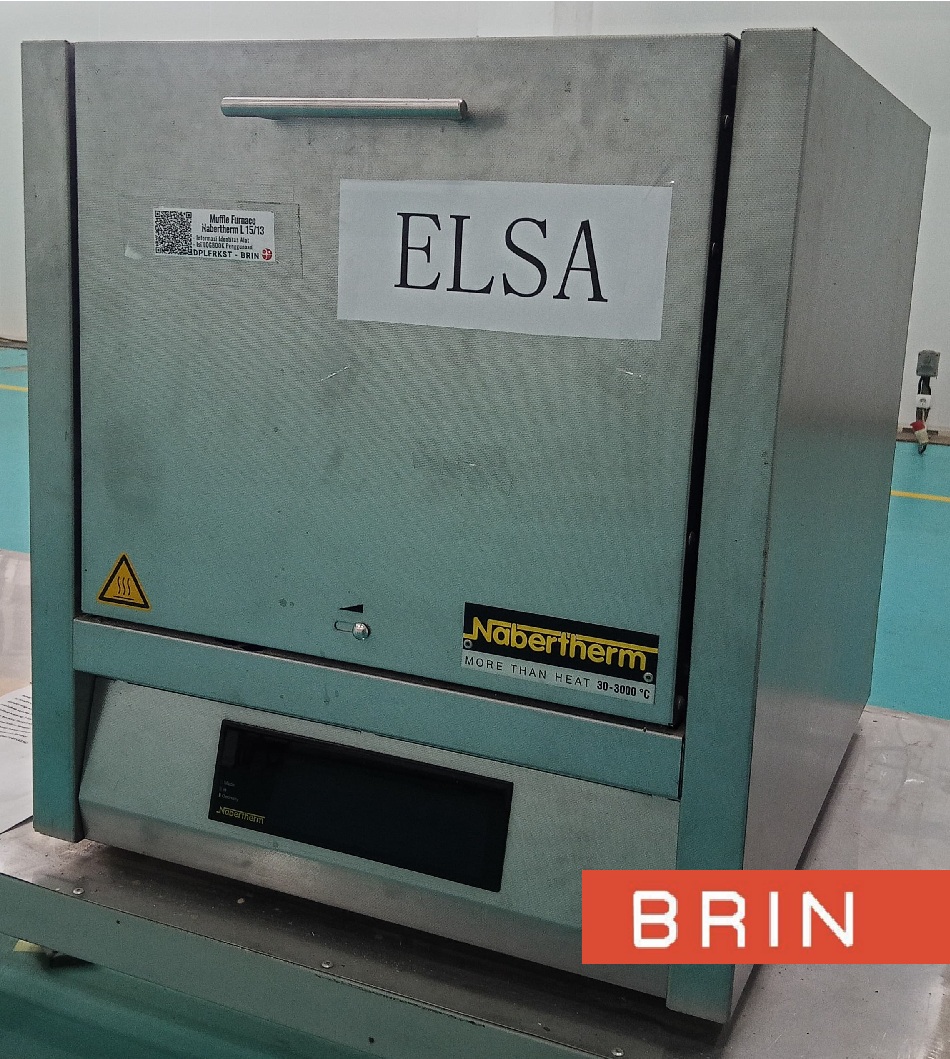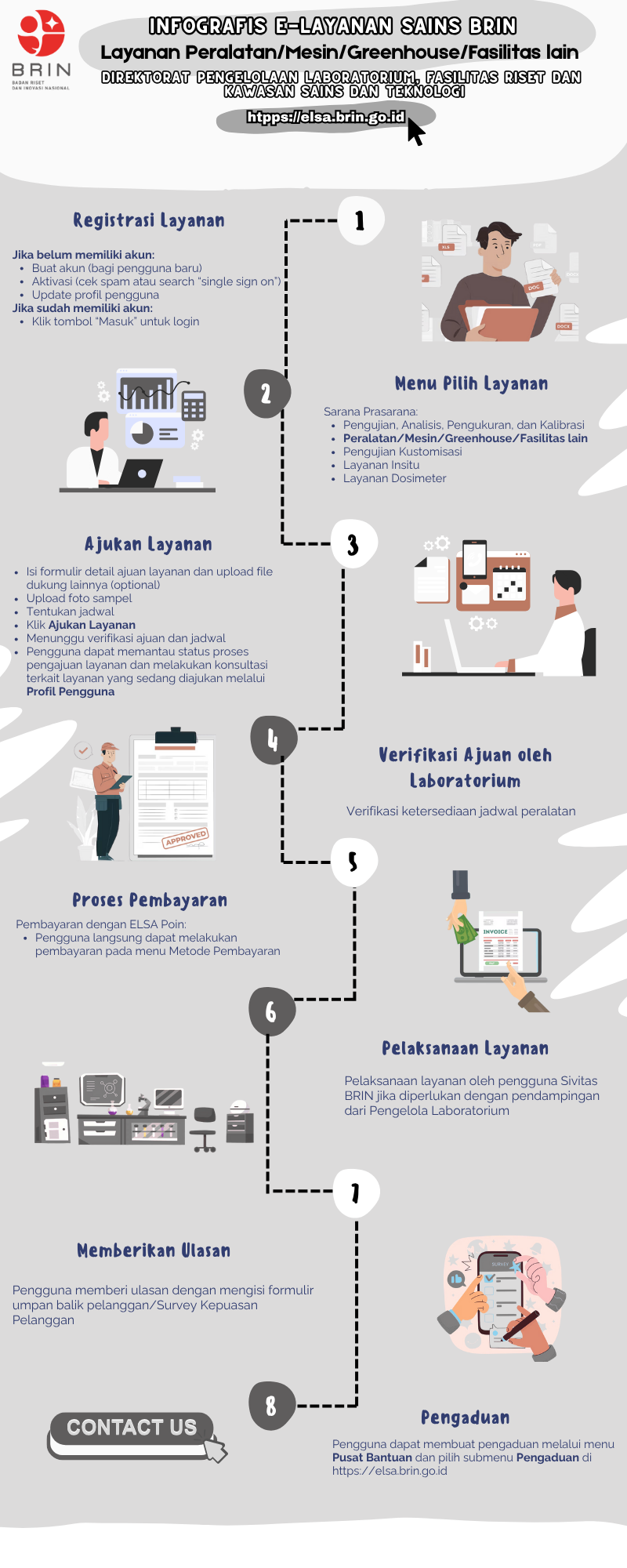Paid
SERVICE DESCRIPTION | Description Streamer hydrophones are underwater acoustic sensors commonly used in seismic surveys to detect pressure changes caused by seismic sources. Hydrophone sensors are arranged in an array called a streamer, which is towed behind a survey vessel…
- Laboratorium Alat Survei - Kelautan dan Lingkungan
- KST Serpong (Bacharuddin Jusuf Habibie)
KST BJ Habibie Serpong Gedung 255 Laboratorium Alat Survei - 08119811551
- pengelolaan_alatsurvei@brin.go.id
Marketing Office
Deputi Bidang Infrastruktur Riset dan Inovasi BRIN
layanan_sains@brin.go.id
Description
Streamer hydrophones are underwater acoustic sensors commonly used in seismic surveys to detect pressure changes caused by seismic sources. Hydrophone sensors are arranged in an array called a streamer, which is towed behind a survey vessel to capture subsurface geological data. These streamers are typically paired with boomers and sparkers, making them suitable for use on smaller vessels in coastal and freshwater environments.
Streamer hydrophones are underwater acoustic sensors commonly used in seismic surveys to detect pressure changes caused by seismic sources. Hydrophone sensors are arranged in an array called a streamer, which is towed behind a survey vessel to capture subsurface geological data. These streamers are typically paired with boomers and sparkers, making them suitable for use on smaller vessels in coastal and freshwater environments.
Specifications
Production: Applied Acoustics Engineering
Type: Streamer Hydrophone AH 150/20 fluid-filled multi-element
Number of hydrophones: 20
Spacing between hydrophones: 150 mm
Tube length: 4.5 m
Tube material: polyurethane
Pull cable length: 50 m
Sensitivity: -167 dB ref. 1 V per µPa
Frequency response: 140 Hz – 10 kHz (-3 dB)
Output signal: up to 8 Vp-p
Depth rating: 50 m
Connector: BNC with 50/75 Ω cable
Battery: PP3/MN1604 (9V box)
Battery life: >5 days using high-quality alkaline batteries



